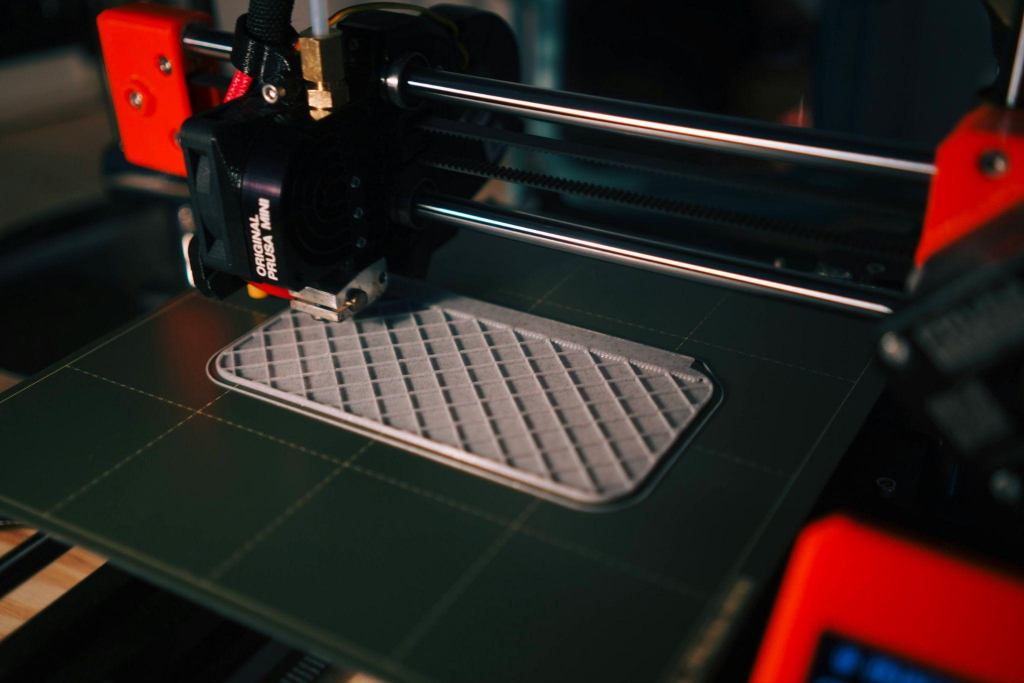
The rise of 3D printing, or additive manufacturing, has ushered in a transformative era for custom manufacturing. This technology has shifted the paradigm from traditional, labor-intensive production methods to faster, more flexible solutions. Its emergence is not just a technological evolution but a revolutionary approach that redefines the potential of manufacturing to cater to individual needs and specifications.
What is 3D Printing?
Definition and Core Concepts
- Layer-by-Layer Fabrication: 3D printing constructs physical objects from a digital file through a layer-by-layer deposition process.
- Additive Process: Unlike subtractive manufacturing which removes material, 3D printing adds material, reducing waste.
- Computer-Controlled: Automated and precision-driven by computer-aided design (CAD) software.
Types of 3D Printing Technologies
- FDM (Fused Deposition Modeling): Uses a thermoplastic ABS filament, which is heated to its melting point and extruded, layer by layer, to create an object.
- SLA (Stereolithography): Involves an ultraviolet laser that solidifies a resin in a tank, layer by layer, to form the desired object.
- SLS (Selective Laser Sintering): Uses a laser to sinter powdered material, binding it together to create a solid structure.
How Does 3D Printing Transform Custom Manufacturing?
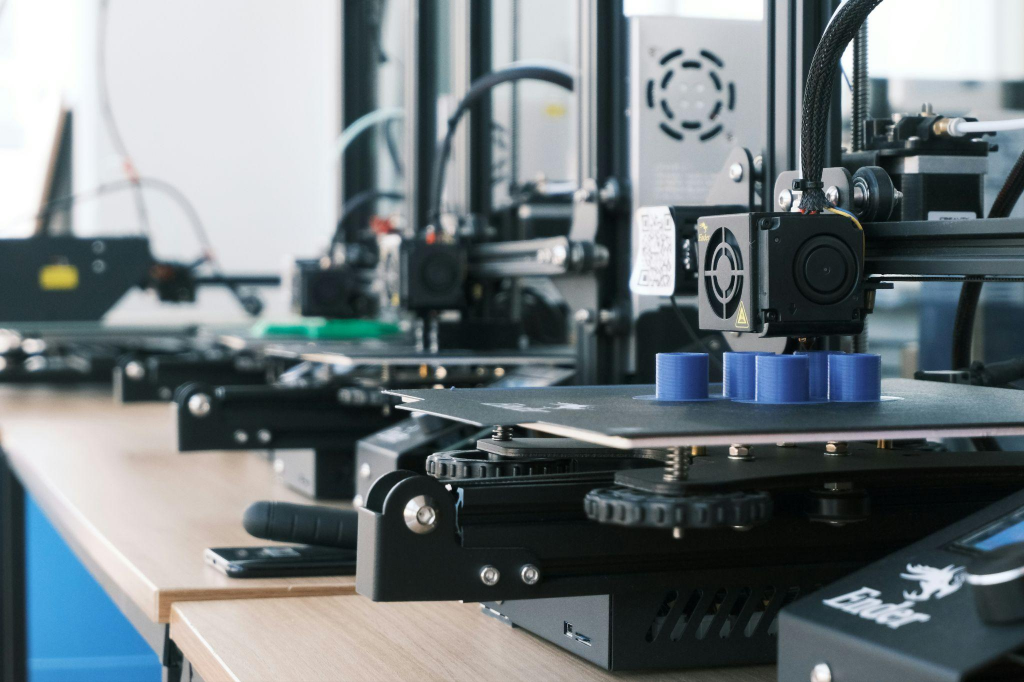
Reducing Time to Market
3D printing significantly accelerates the development of prototypes, allowing for rapid testing and refinement, thus speeding up the time to market for new products.
Enabling Complex Designs
This technology enables the creation of complex and intricate designs that are either too difficult or too expensive to achieve with traditional manufacturing methods.
Cost Reduction Strategies
- Material Savings: Minimizes waste by using only the necessary material for each part.
- Reduced Labor Costs: Automation reduces the need for manual labor.
- Lower Tooling Expenses: Eliminates the need for expensive molds and tooling.
What are the Benefits of 3D Printing in Custom Manufacturing?
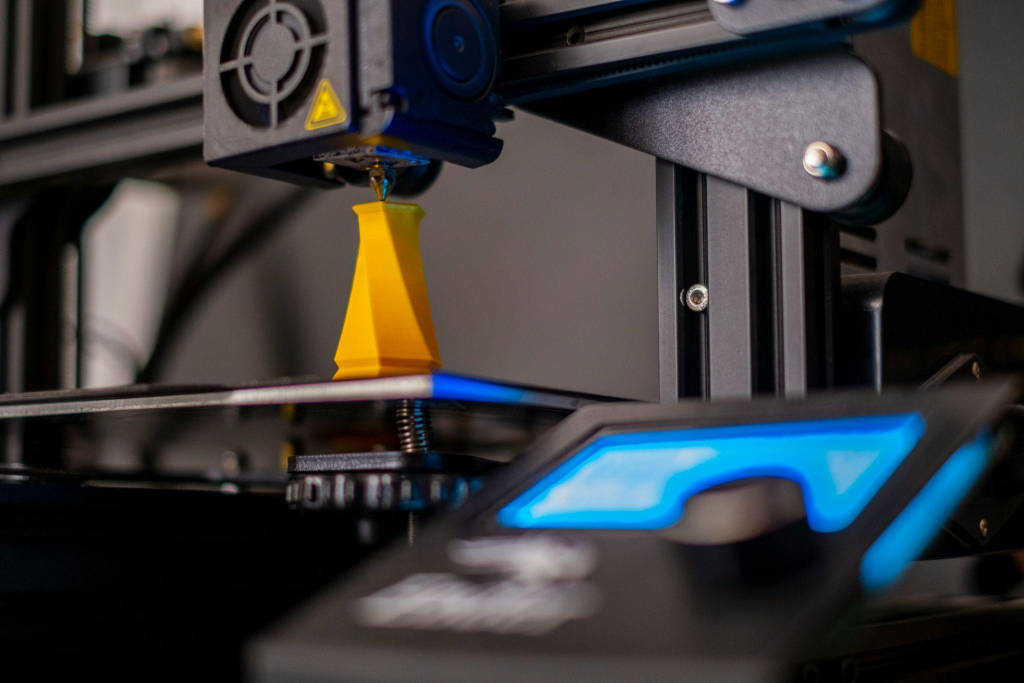
- Customization: Offers unparalleled customization in production.
- Flexibility: Adapts quickly to design changes.
- Scalability: Efficient for both small and large-scale productions.
- Sustainability: Less waste and the ability to use recyclable materials.
What Challenges Face 3D Printing in Custom Manufacturing?
Material Limitations
The variety of materials suitable for 3D printing is expanding, yet there are still limitations in terms of strength and temperature resistance compared to traditional materials.
Technological Constraints
While advancements continue, current 3D printing technologies can face limitations in speed and resolution, impacting scalability and use in certain applications.
Regulatory and Safety Concerns
- Quality Control: Ensuring consistent quality across production cycles.
- Regulatory Compliance: Meeting industry-specific standards and certifications.
- Safety Standards: Addressing issues related to emissions and material handling.
Step-by-Step Guide to Starting with 3D Printing in Custom Manufacturing
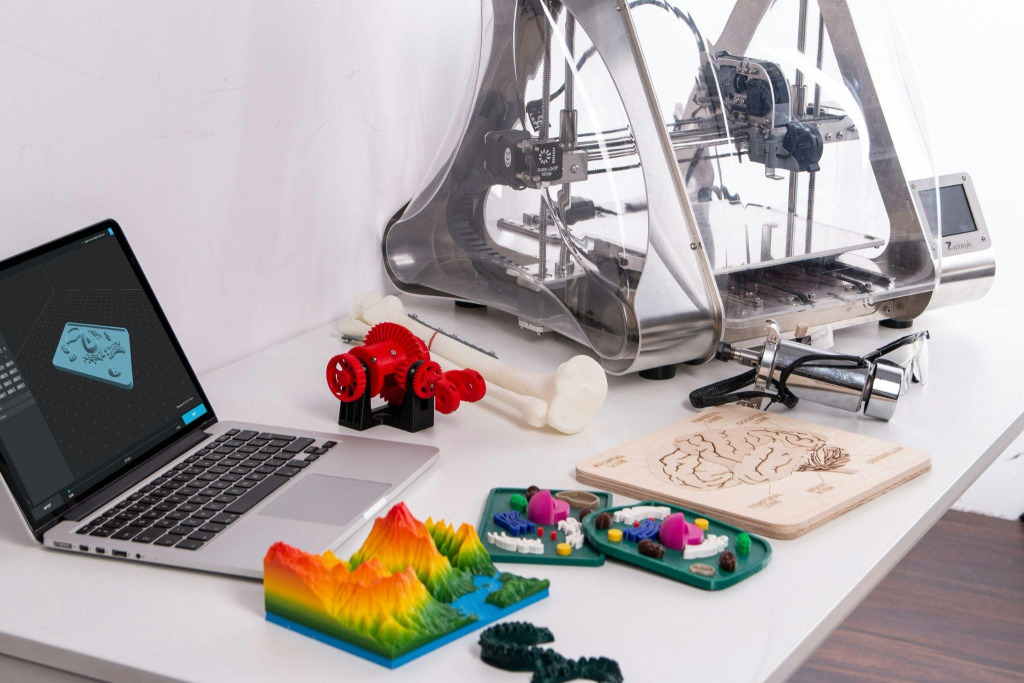
- Evaluate potential applications for 3D printing in your operation.
- Select the appropriate 3D printing technology based on desired output and material needs.
- Train staff to handle new equipment and associated software.
- Implement a pilot project to refine processes before full-scale integration.
Case Studies of 3D Printing in Custom Manufacturing
Automotive Industry
Automotive manufacturers utilize 3D printing for both prototype development and production of complex parts that are lighter and stronger.
Aerospace and Defense
In these sectors, 3D printing plays a critical role in manufacturing bespoke parts that reduce weight and improve the performance of aircraft and defense systems.
Healthcare
The healthcare industry benefits from 3D printing in the production of customized prosthetics and medical devices, tailored to individual patients’ needs.
Future Trends in 3D Printing for Custom Manufacturing
Emerging innovations in 3D printing are set to enhance material capabilities, increase printing speeds, and lower costs, making it even more integral to custom manufacturing.
How to Choose the Right 3D Printer for Custom Manufacturing
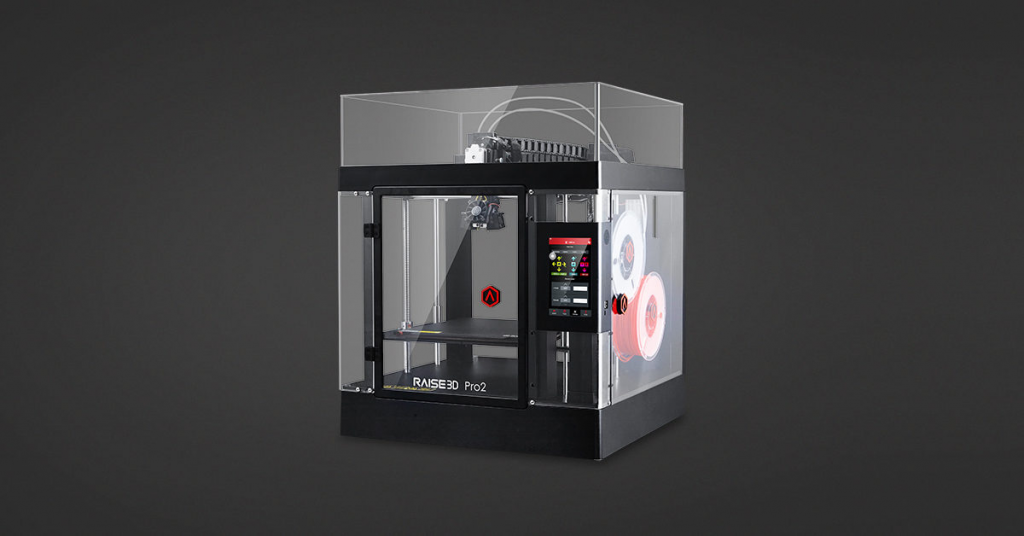
Assessing Printer Capabilities
- Resolution: Determines the detail and smoothness of finished products.
- Build Size: Limits the maximum size of printed objects.
- Material Compatibility: Ensures the printer can handle the specific materials required for your applications.
Cost Considerations
The price of 3D printers varies widely based on their capabilities, from affordable desktop models for basic prototypes to high-end systems for industrial-scale production. With the help of professional 3D printers by Raise 3D the printing process becomes easier.
Best Practices in 3D Printing for Custom Manufacturing
- Design Optimization: Tailor designs specifically for 3D printing to maximize the technology’s benefits.
- Material Selection: Choose the best materials for the specific application and desired properties.
- Quality Control: Implement rigorous testing and quality assurance processes.
Conclusion
The transformative impact of 3D printing on custom manufacturing is profound, offering enhanced flexibility, reduced costs, and greater innovation potential. As technology progresses, its role in custom manufacturing is only set to expand, promising even more revolutionary changes to how products are conceived, designed, and produced.
